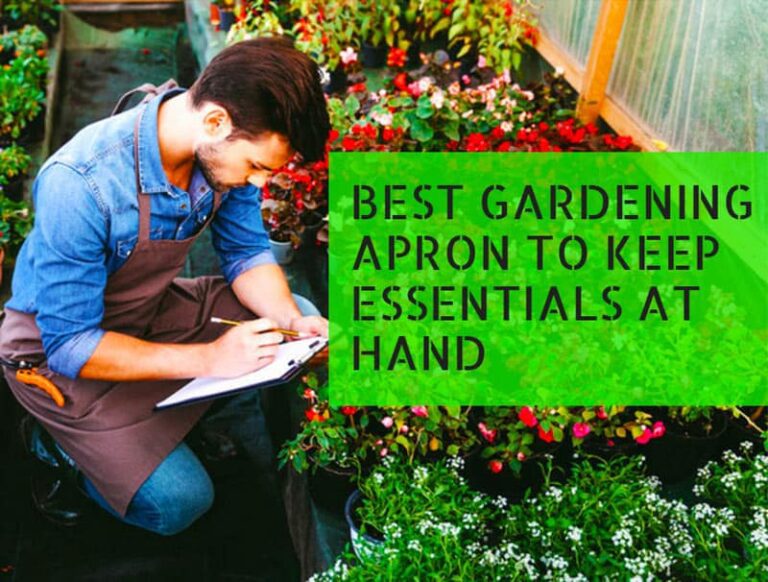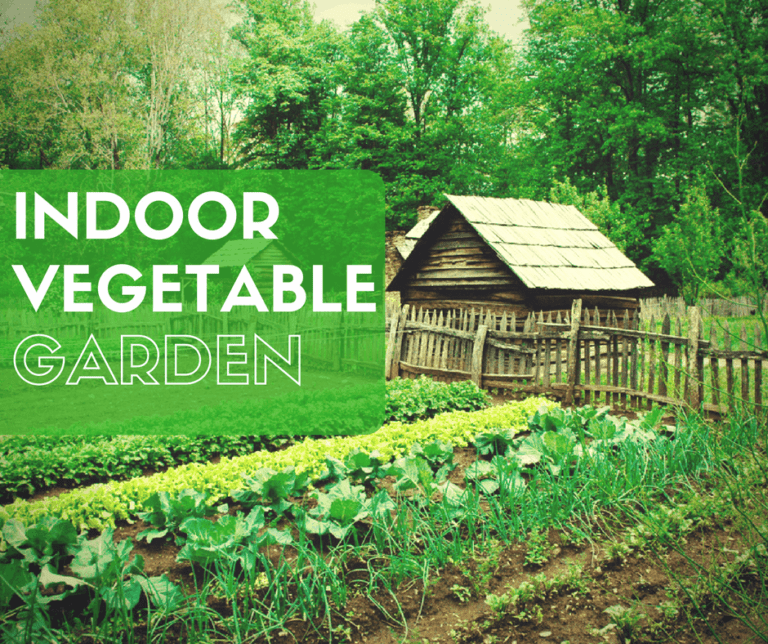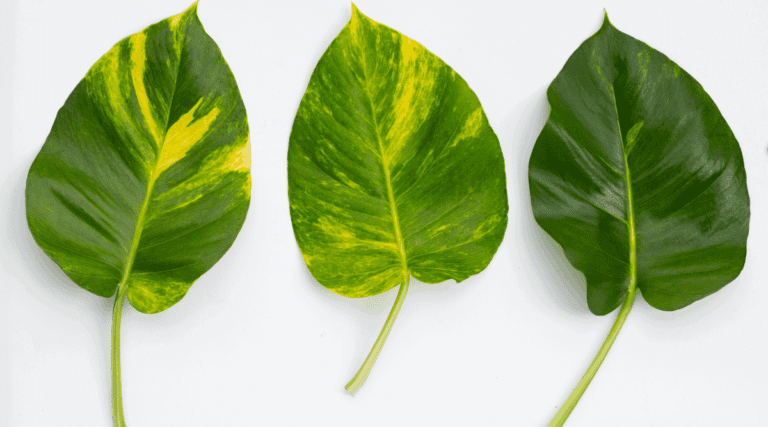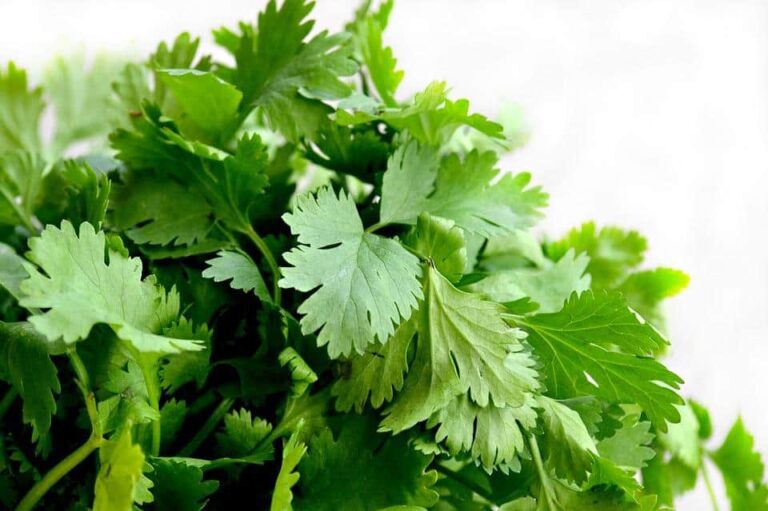The Top 7 Herbs to Grow in Shade
When it comes to growing vegetables and herbs, many gardeners view shade as a punishment more than a benefit. Your plant options are slightly more constrained than gardeners who have full sun, yet many culinary plants, especially herbs, can withstand – and even flourish – in the shade. Despite the common misconception that all herbs are sun-loving plants, many herbs may grow in shadow.
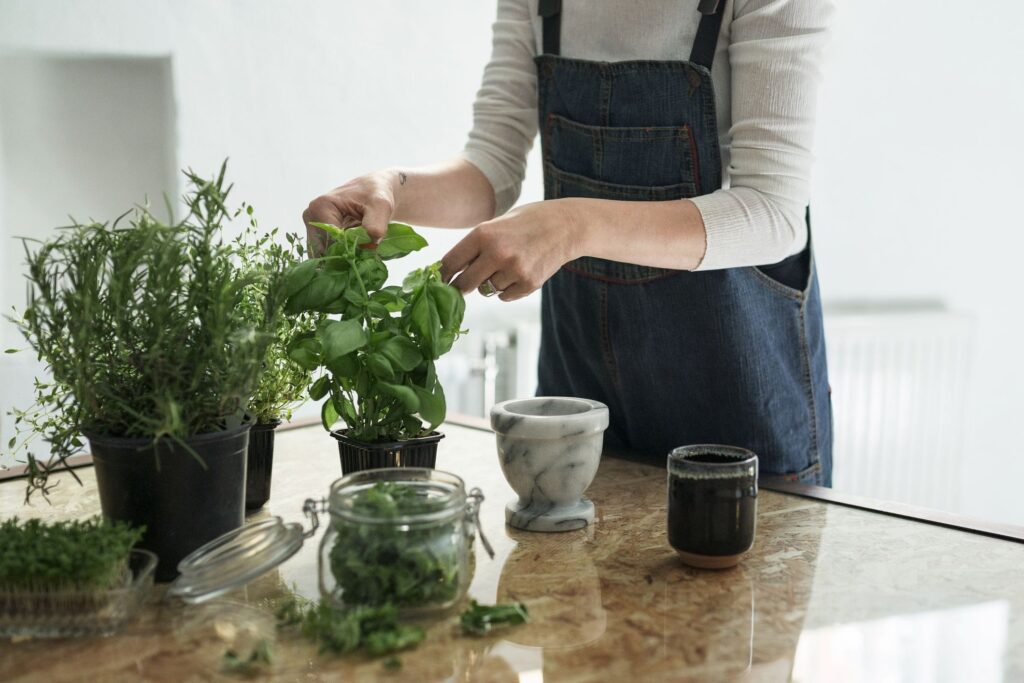
Tips For Growing Herbs
The majority of herbs are about as undemanding as they come and will flourish with very little help from the gardener. They are largely pest-free and consume less water and fertilizer than most garden plants.
Herbs are great garden companions for flowers, fruits, and vegetables because they act as natural pest deterrents. Interplanting particular herbs with their companion species will maximize the utilization of garden space while increasing crop output, enhancing pollination, and providing a habitat for beneficial insects.
You can do a few additional things to increase the effectiveness of growing herbs in the shade besides increasing your light as much as possible by planting your herbs in the brightest area you have.
Herbs grown in the shade will naturally be lanky; therefore, overfeeding them will only promote weak growth. Don’t rush the fertilization process. Only apply liquid organic fertilizer once every 6 to 8 weeks or less.
Watch out for vermin. Animals that feed on plant sap, including aphids and spider mites, attack plants that are growing in unfavourable conditions. Although they are not frequent herb pests, keep a vigilant eye out for these and other insect intruders on any herbs that grow in shadow. Only if the pests still return after being knocked off the plant with a strong stream of water from the hose is it required to spray horticultural oil or insecticidal soap.
Herbs that grow in the shadow should have a little more growth removed when harvested than those that do. Cut the outermost stems off. Continuous harvests also prevent the plant from forming flowers, which might change the flavour of the plant and stimulate branching, which keeps the plant more compact.
Why Grow Herbs In The Shade?
Even though it’s true that so many herbs enjoy full sun, some do better in the shade or even need some shade to perform at their best. Herb gardening in the shade might be a great way to escape the heat.
The precise quantity of shade that a specific herb needs or can withstand depends on the region’s climate and how much summer sun it receives. While many herbs may thrive in the sun in the North, they require protection from the summer sun in southern regions.
Horticulturists have defined shadow using a few basic phrases to describe its length and intensity. When a region receives at least six hours of direct sunshine, but at least four of those are in the morning when the sun is less intense, it is said to be in partial shadow or light shade. Some sunlight is blocked in the filtered or dappled shade by above trees or objects like lattices.
There really is no direct sunlight under complete or substantial shade. Few plants can flourish in intense shade except if they receive ambient or reflected sunshine, apart from wildflowers that blossom before leaves fully emerge on overhanging trees.
Consider trimming some lower branches to let in more light and enhance air circulation to promote plant growth under trees. When preparing the garden for layers of underplanting, take care not to ruin the beauty and grace of the trees. The roots of the trees may contend with the roots of the herbaceous plants for water and nutrients.
Lemon Balm
Even in the shade, lemon balm (Melissa officinalis) is simple to cultivate. Whether the leaves are fresh or dried, they make a delightful herbal tea.
Lemon balm is often grown as an annual and rapidly self-sows. If you enjoy lemon balm and wish to have a lot of it, this is a terrific thing. But deadheading is essential if you don’t want it to overrun your shade garden. Just cut the flower stems off prior to the seeds maturing and falling.
All parts of the plant, including the leaves, stems, and tiny yellow blossoms, can be used to create tea, but the leaves have the best flavor. Fresh, young foliage should be cut off with a pair of clean, sharp scissors for harvesting. To make stronger tea, first dry the leaves.
When the risk of frost has passed in the spring, sow lemon balm seeds outside. Alternately, you might start the seeds indoors in late winter under grow lights and move them outside into the garden as it becomes warmer. Some of your plants might survive the winter, depending on your climate.
Chervil
True herb enthusiasts will never be without garden chervil (Anthriscus cerefolium). Chervil is a cool-season annual with lovely, soft-green, ferny foliage that is simple to grow. It has a subtle flavor that somewhat resembles licorice. Due to its delicate flavor, chervil is ideally used while it is fresh.
The consequences of trying to dry chervil will be flavorless. To make a herbal sauce, blend new chervil harvests with tarragon, chives, and parsley. Alternatively, add fresh leaves to your salad together with other greens for an unexpected taste boost.
In the spring, a few weeks before the risk of frost has passed, and once more in the late summer for fall harvests, gardeners in very northern regions should sow seeds directly into the garden. Chervil should be grown in the colder winter months if you live in the south. The plant enters flowering, produces seed, and then perishes once the following summer’s heated temperatures arrive.
One of the greatest herbs for growing in shadow is chervil. Once you get a chervil planting grown, it will reseed itself every year because it is self-sowing. Following a few short weeks of seeding, the seeds had reached harvestable size.
Chives
Chives (Allium schoenoprasum), a hardy perennial herb, are one of the quickest herbs you may harvest. Although the blossoms are tasty as well, they are grown mostly for their leaves. Throughout the growing season, chives can be gathered and utilized in the kitchen by simply cutting a few stems off at the base. They have a mild onion flavor. The plant’s crown produces fresh stems all throughout the growing season.
Growing chives from seeds are fairly simple. In the late winter, grow chive seeds indoors under grow lights. Eight to twelve weeks later, the young plants can be transplanted outside into the garden or into containers. The seeds will ripen, dry out, and fall to the ground if you let the blossoms grow to maturity on the plant. The following spring, brand-new plants will emerge. If you don’t want to grow your own from seed, it is quite simple to obtain chive plants in the nursery industry.
Even in the shadow, chives can withstand frosts and freezes and are exceptionally winter-hardy. Despite being one of the best herbs for growing in shade, chives do not flower as profusely as they do in full sunlight. On the summits of green stems, the pink-purple ball-like clusters of flowers appear in late April. To add a subtle onion taste to soups, salads, and sandwiches, try spreading some of the blossoms on top.
The only other regular care required of chives is a split every three to four years. They require the least amount of upkeep possible other than that.
Tarragon
Shade gardens benefit greatly from the inclusion of tarragon (Artemisia dracunculus). The delicate licorice-like flavor is crucial for seasoning fish and poultry. This perennial herb thrives in the shade. Every year, it comes back to the garden bigger and better.
Even though it might be a little floppy, tarragon is a lovely plant, particularly in the shade. Harvesting frequently keeps the plant more tightly packed. Use a good set of shears to cut off the stems. The plant will swiftly grow new branches to recover. The best tarragon is fresh; dried tarragon is also an alternative, but the flavor will be less potent.
Dill
An annual plant is known as dill (Anethum graveolens) prefers full sun, yet it can also grow in partial shade, albeit with fewer blossoms. Fresh dill is preferable, and the seeds are frequently used to flavor pickles. Fresh dill has ferny, distinctly flavorful foliage.
Dill and other annual herbs thrive when planted from seed and sown straight into the garden. In late April, sow some seeds to start your dill plants. Prior to planting the seeds, lightly sprinkle the planting area with compost. It appears to prosper when ignored. As long as you don’t overharvest the foliage and permit a few of the plants to drop seed, dill will eagerly reappear after a colony has been established.
Dill matures at the height of 2 to 3 feet in direct sunlight. Dill won’t grow as tall, though, if you grow it in the shadow. Throughout the growing season, you can harvest the foliage whenever you choose. Fresh salads taste great with edible flower heads. Additionally, a wide variety of beneficial insect and pollinator species are supported by the flowers.
Bay
Large evergreen shrubs or trees with aromatic, glossy, dark green leaves are known as bay laurels (Laurus nobilis). Although the plant can grow to a height of several feet in gardens with full sun, the bay grows considerably taller in its native Mediterranean climate. It will stay shorter in areas with little sunshine and in containers.
Although bay laurel thrives in colder climates when grown as an annual in a container, it is hardy only in regions without frosts. Due to their drought tolerance and low maintenance needs, the plants thrive in pots. Bring the pot inside throughout the winter to keep it out of the frigid conditions.
Because of their strong flavor, bay leaves are typically dried before use. The leaves are removed from the dish before serving since they are exceedingly rough, especially when dried.
Beginning with a plant from a nearby nursery in the spring if you want to cultivate your own homegrown bay. Inside a glazed ceramic pot with a drainage hole in the bottom, plant your bay laurel. Make use of premium potting soil. Throughout the summer, give it regular waterings but avoid overwatering.
Mint
Mint plants may be quite combative. Even in the shade, they can go soon beyond their boundaries because of their underground roots. Mint has a propensity to overrun gardens, so think about planting it in a container without a drainage hole so the spreading roots can’t get out.
Mint is best started from a seed planted in a nursery. As an alternative, ask a friend who grows it for a division or root piece. As long as you give these divisions plenty of water during the first few months after planting, transplanting them is simple.
Perennial Herbs
Plants develop fast thanks to the warm soil, milder temperatures, and an abundance of moisture, giving you a jump start on the spring garden. Stop putting fertilizer at the time of planting when planting in the fall. Late in the growing season, a nutrient boost can encourage new development, which might then be damaged by the winter. Instead, add some compost and prepare to fertilize with a mixed organic herb fertilizer in the early spring.
Perennial herbs can be grown from seeds, but you must start them indoors under a grow lamp for at least eight to ten weeks before transplanting them outside. Purchasing healthy seedlings from your neighborhood nursery for fall planting is quicker and simpler. Fresh herbs can be easily and painlessly harvested with herb snips.
Herbs that are perennial can be multiplied by division or by cuttings. Every three to four years, in the early spring, divide plants. Digging up and cutting the plants into numerous pieces is necessary. Alternatively, you can cut the stem into 4 to 6-inch portions, place the sections in damp sand in a shaded spot, and allow them to root.
On these cuttings, roots should appear in 4 to 8 weeks. Cuttings can be used to spread herbs like thyme, sage, and winter savory. The roots or crowns of chives, lovage, and tarragon can be divided to create new plants.

